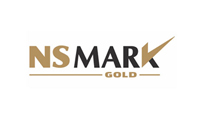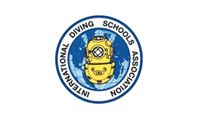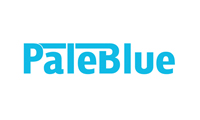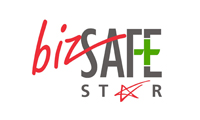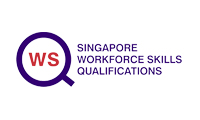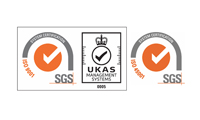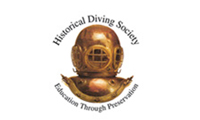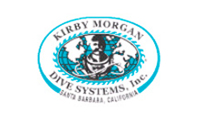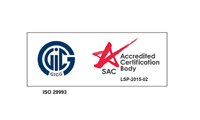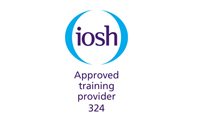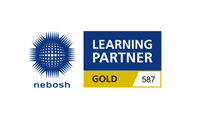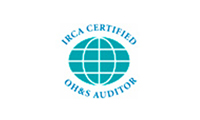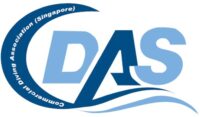Training Needs Analysis
The success of any health and safety training programme hinges on three key considerations: Is it addressing the right set of individuals? Is it focusing on the right content? Is it taking the right approach?
Nevertheless, before embarking on any training programme, it is prudent to work out a TNA (Training Needs Analysis) – it is a study that maps training deliverables with the actual needs of employees. TNA is a programme evaluation technique that empowers employers with the insight and knowledge to design a programme that leads to desirable outcomes.
The proven 10-step TNA process
Goal setting
Why is a particular training programme needed in the first place? What are the objectives that are to be achieved?
Link expected outcome with employee behaviour
Several behaviours can be connected to the desired business outcome and each is a result of employees knowing what to do and having the ability and inspiration to do it.
Data acquisition
Collect, analyse and compile data with actionable insights, which can be used for making concrete decisions. Data can come from diverse sources – employee interviews, focus groups, surveys, etc. However, it should lead to a clear understanding of the importance of competencies vis-à-vis the business goal identified.
Identify core competencies
From the practical viewpoint, it is not possible to improve or consolidate all desirable competencies – whether it is an individual’s technical expertise or that person’s life skills. In such a context, readily hiring a candidate with the requisite attributes rather than spending time & money in training an existing colleague could turn out to be a smart thing to do.
Assess the core competencies
Once you are through with pinning down the core competencies, the next step is to assess the competencies of your people. Techniques such as competency evaluation tests, performance evaluation surveys can be used towards this end.
Identify and understand performance gaps
Use the results of the above exercise to understand which employees need to enhance their skills and by what degree.
Establish the priorities
Now you are in a position to determine what percentage of the workforce (or the workforce targeted) needs training and for which specific competency. As you figure out both these aspects, a list of training priorities will evolve naturally, which forms the basis for your next action.
Identify modes of training
How to impart the training? What channel or method would be most effective? Should you go for a single mode or opt for a combination? It is crucial to get clarity on these questions; some popular modes include on-the-job training, classroom model, one-on-one mentoring, distance learning, online training, among other approaches.
Cost-benefit analysis
Time and money are the key resources any business has to invest when going for a training programme. A cost-benefit will help you in deciding whether the returns and business benefits you would get are worth all the effort.
Evaluate
Once the training programme is rolled out, you would want to know about the programme’s efficacy. Was the money well spent? Did the programme deliver as expected? Finding out answers to these questions enables you to use the feedback in future.
Maximixing ROI & improving efficacy
Taking up a TNA will help you in optimising several parameters to ensure desired outcomes – a successful training programme that results in improved competencies, higher workplace productivity and higher efficiency. The bottom-line – money well spent.
KBA Training Centre – The preferred choice for workplace Health & Safety training
With a proven track record of delivering successful training programmes across industry segments in the corporate world, KBA Training is the training centre of choice for enterprises. We provide both nationally and internationally accredited safety courses, a range of ISO 29997:2017 Standard / MOM accredited training courses, NEBOSH, IOSH, IMCA diving related courses, commercial diving, medical / first aid, and IRATA rope access courses. Furthermore, KBAT has the expertise to design and deliver bespoke training programmess that address your specific needs, with focus on optimised cost, timely roll-out and best industry practices.
For more information, please contact us.

